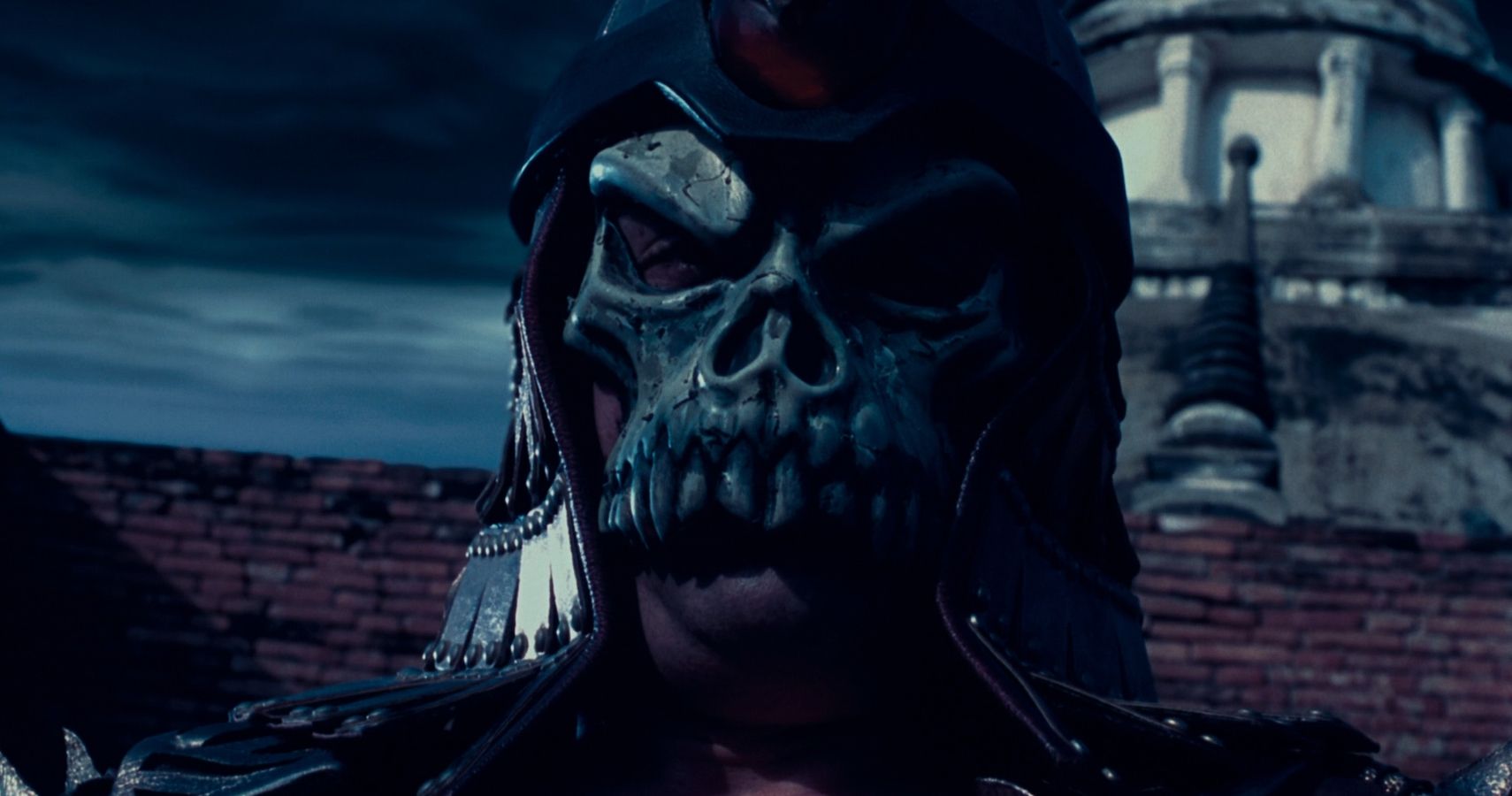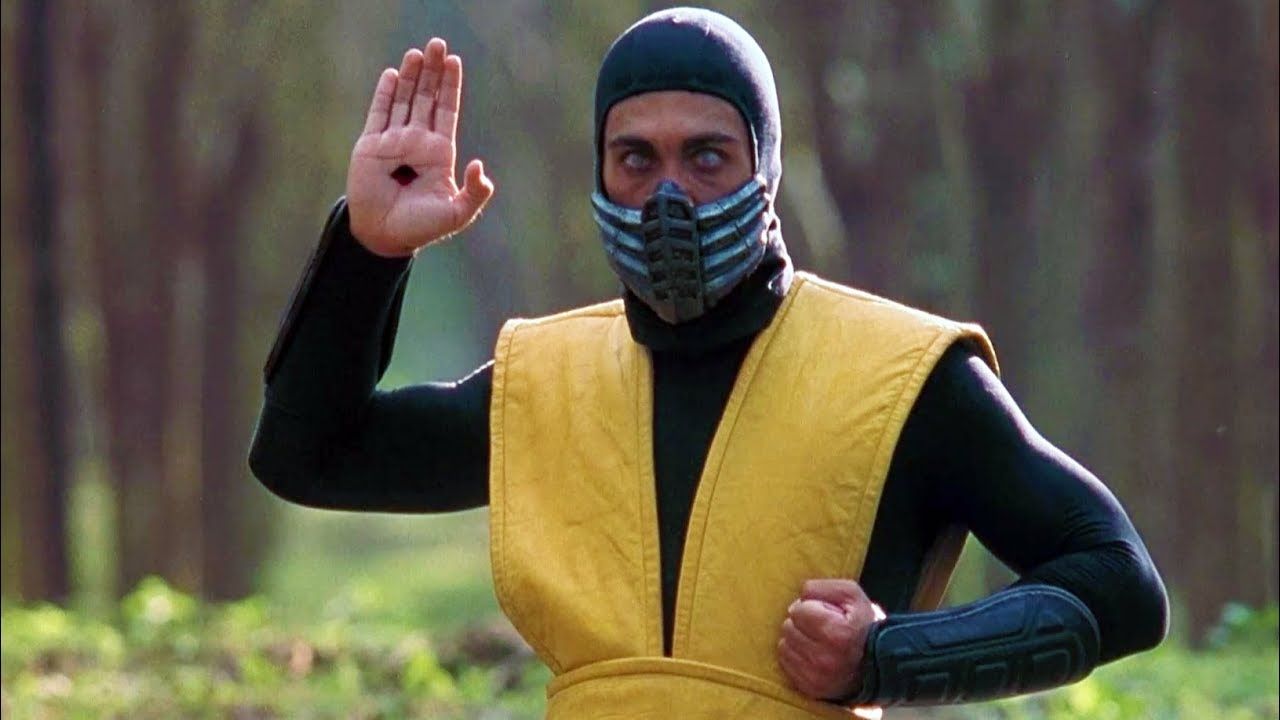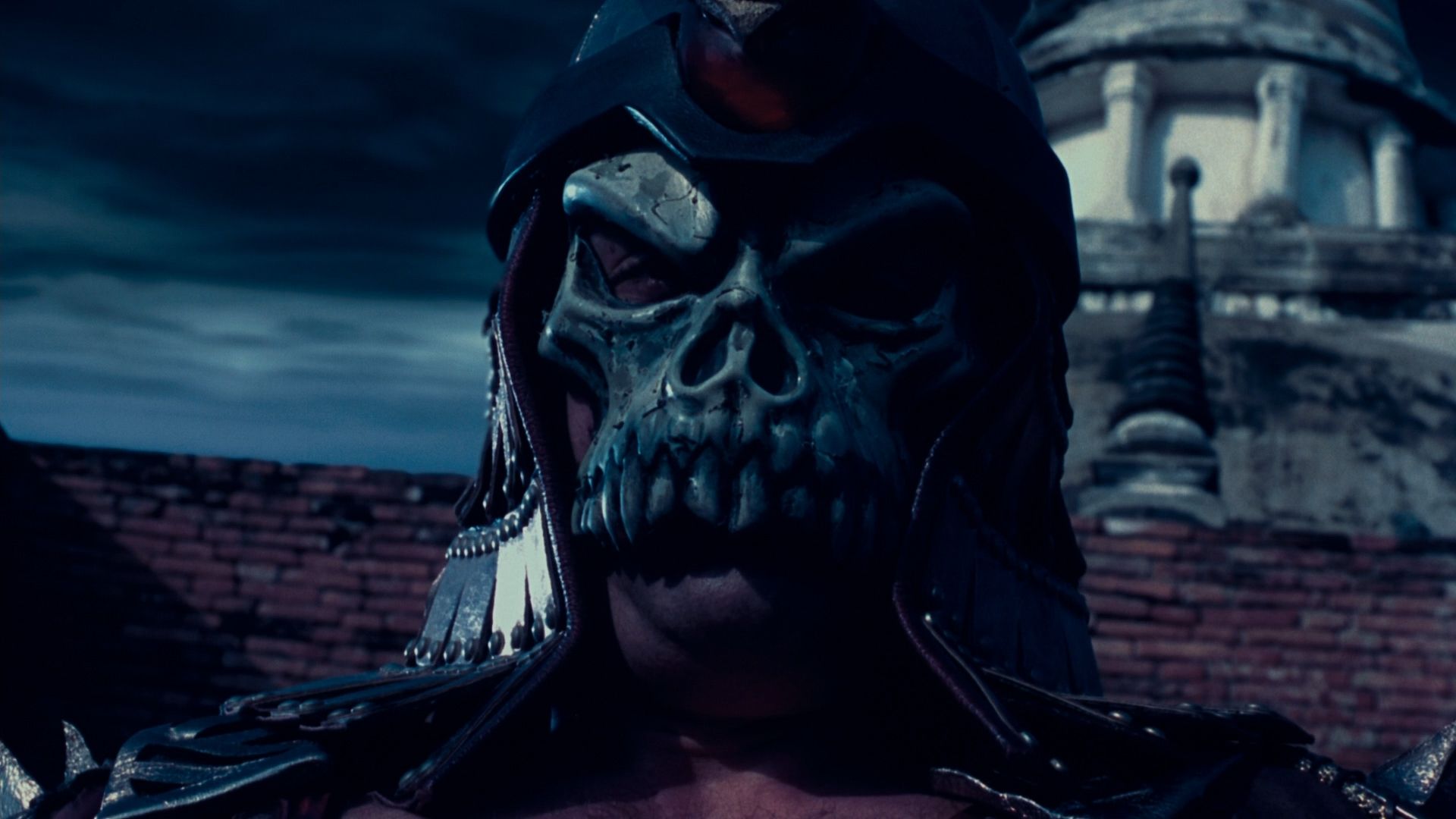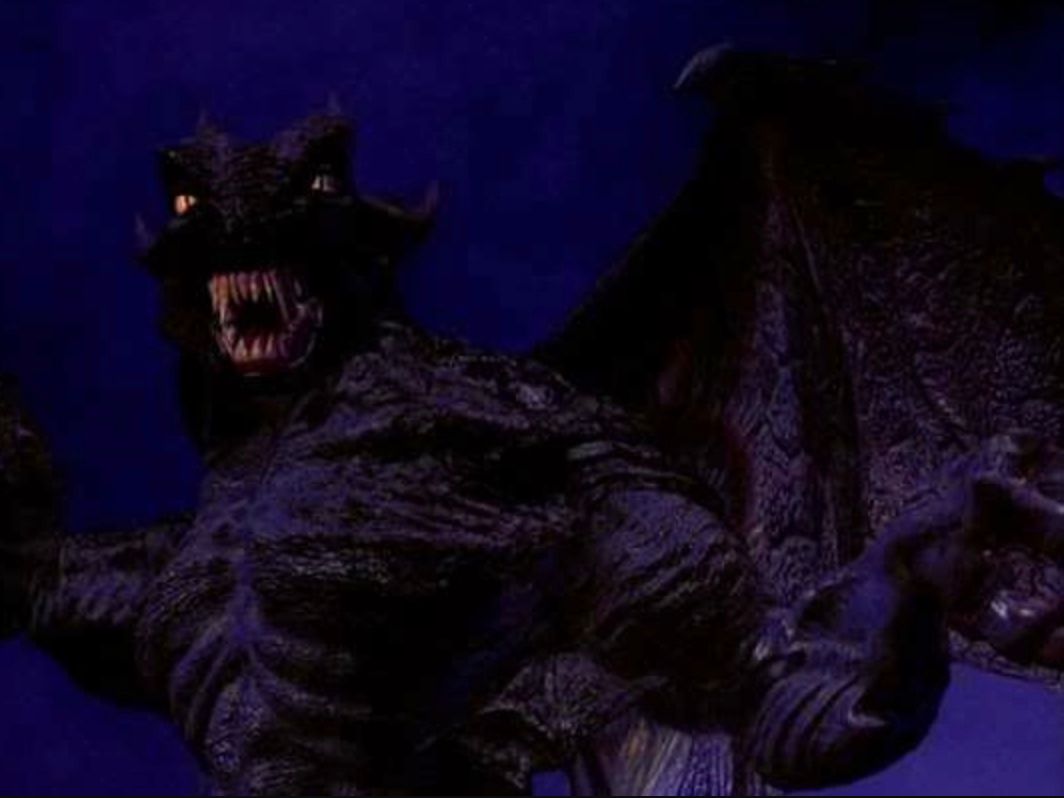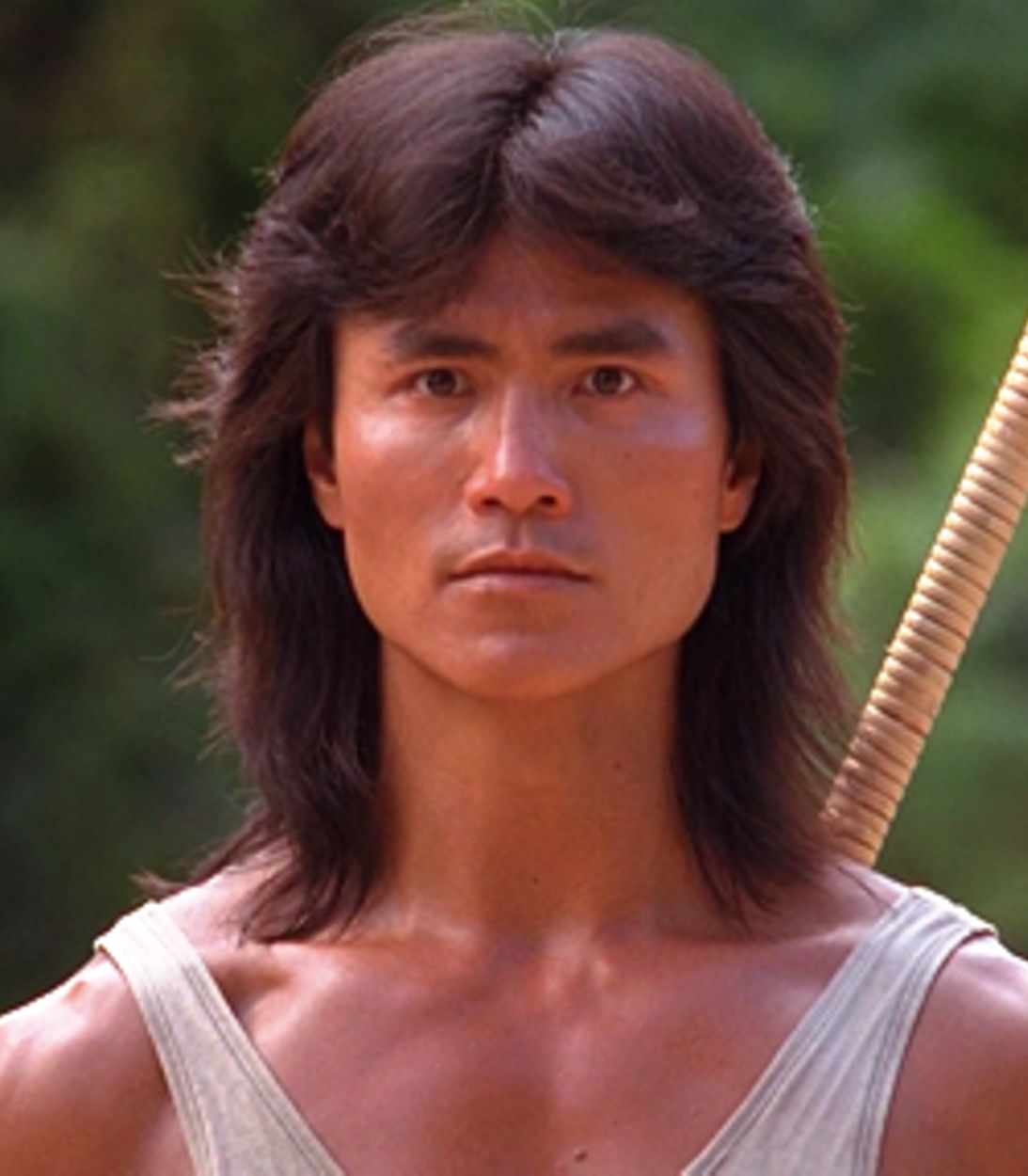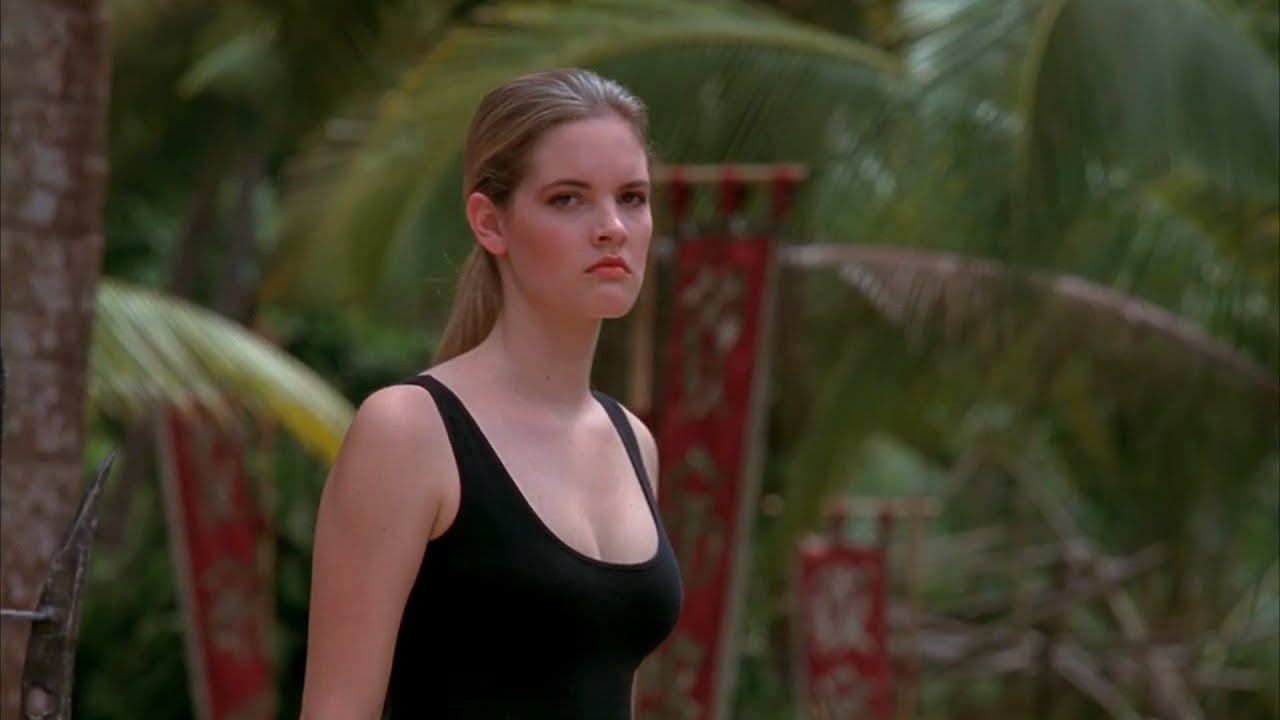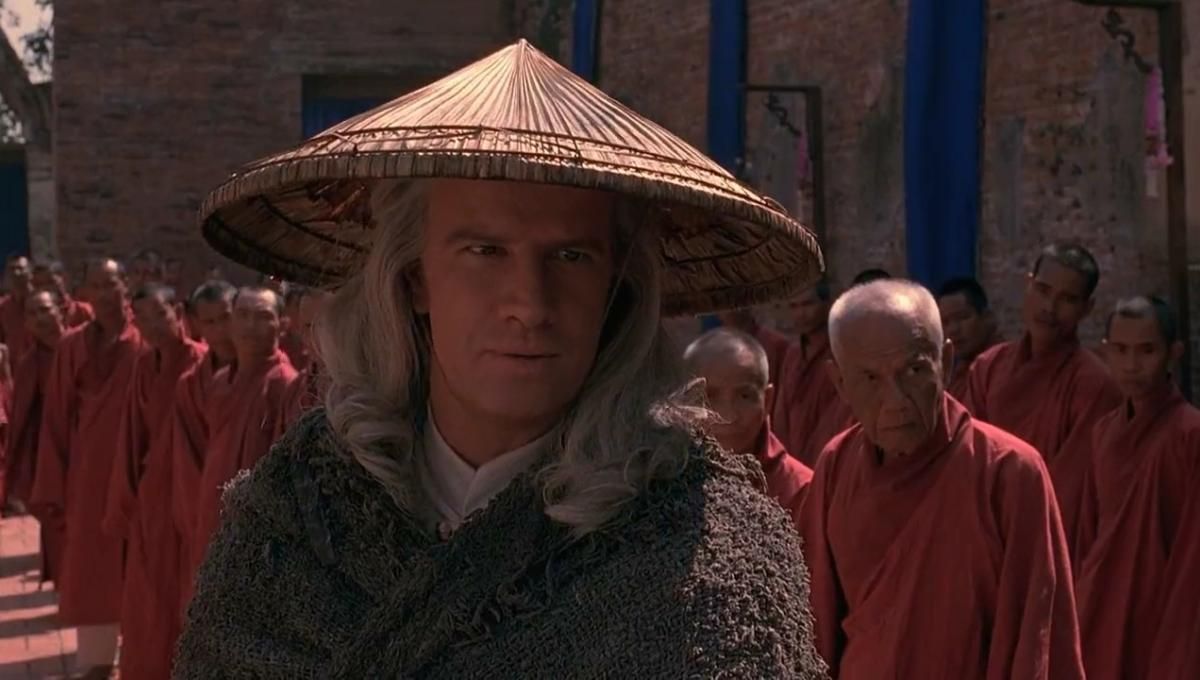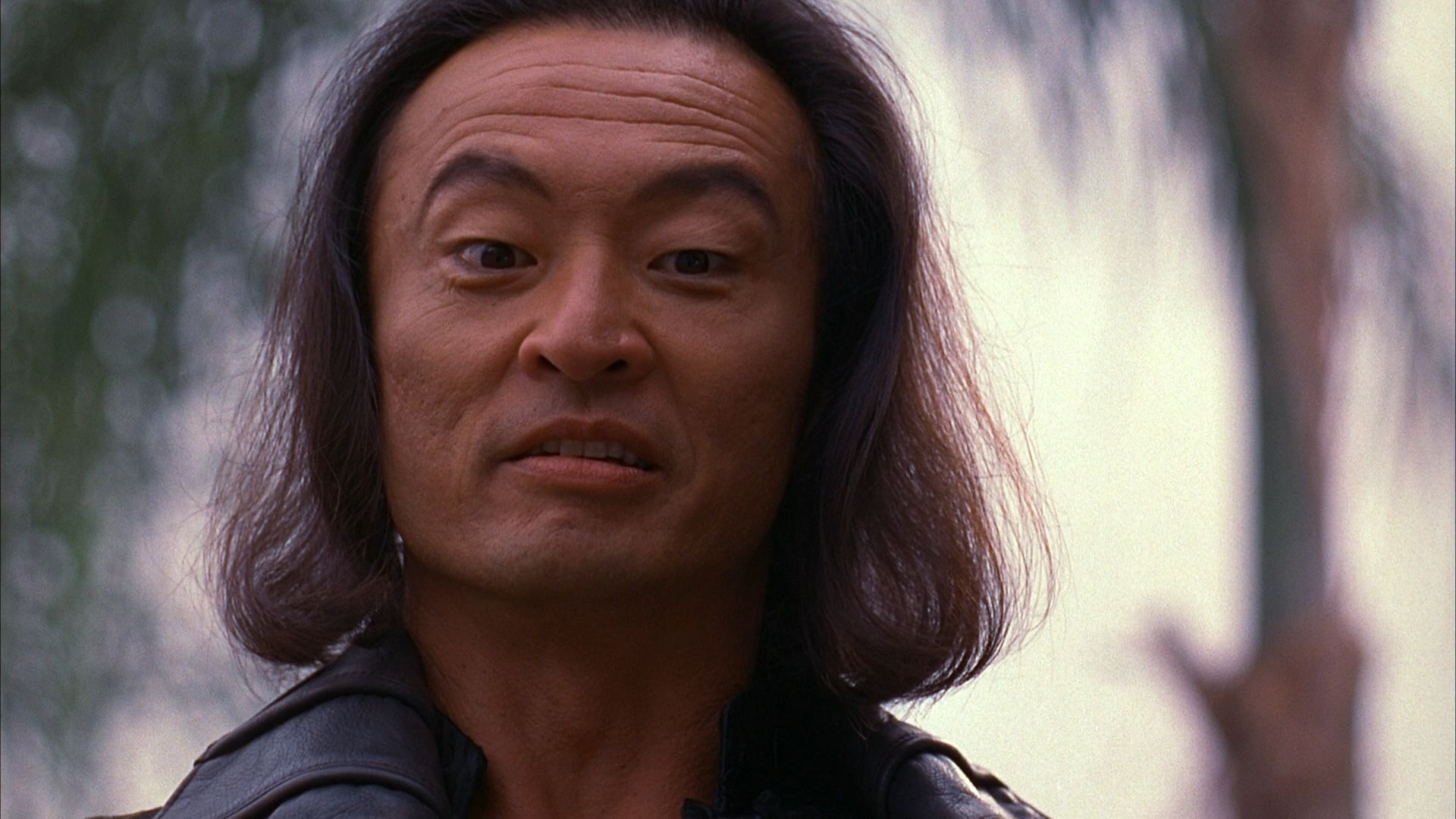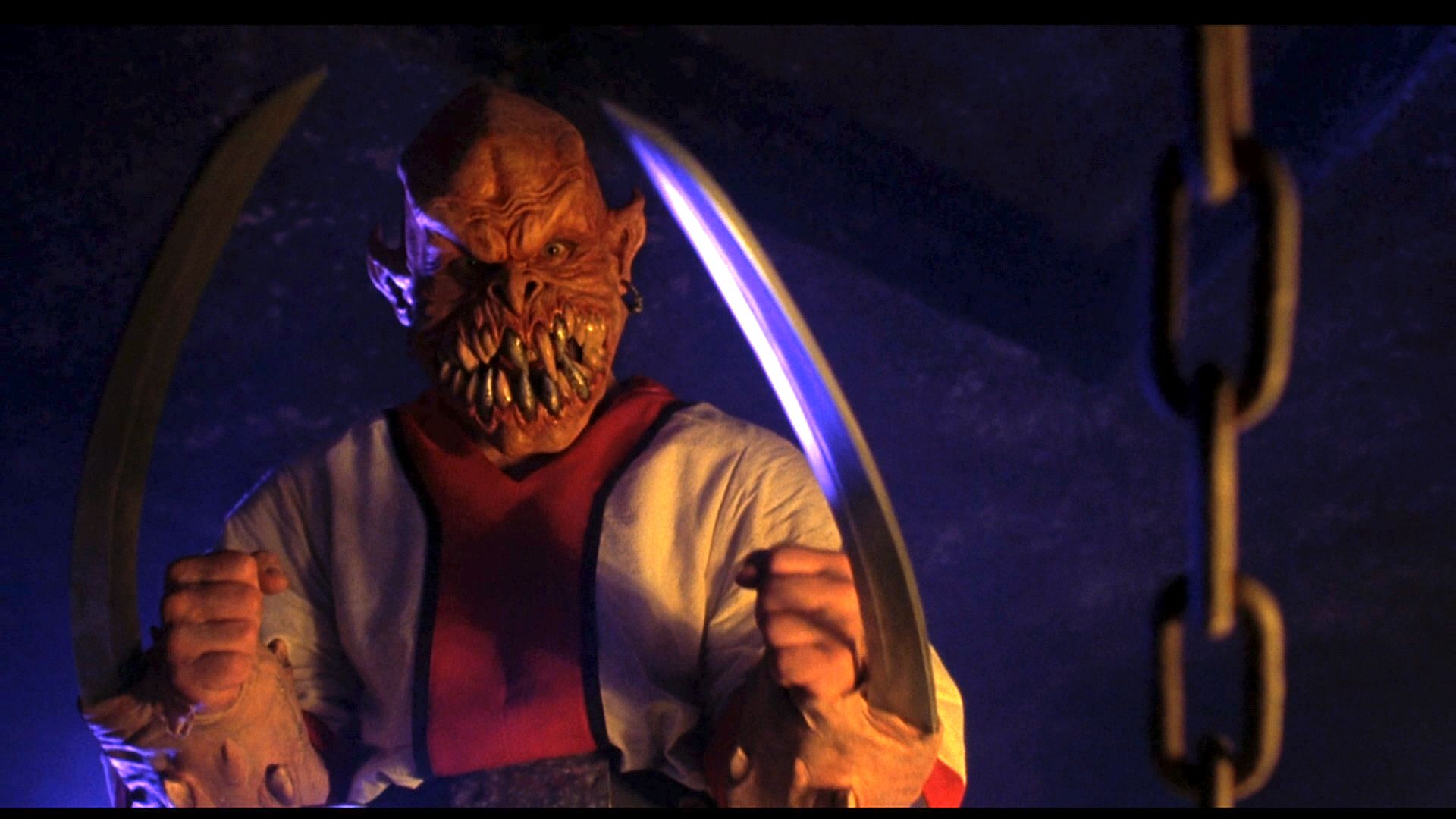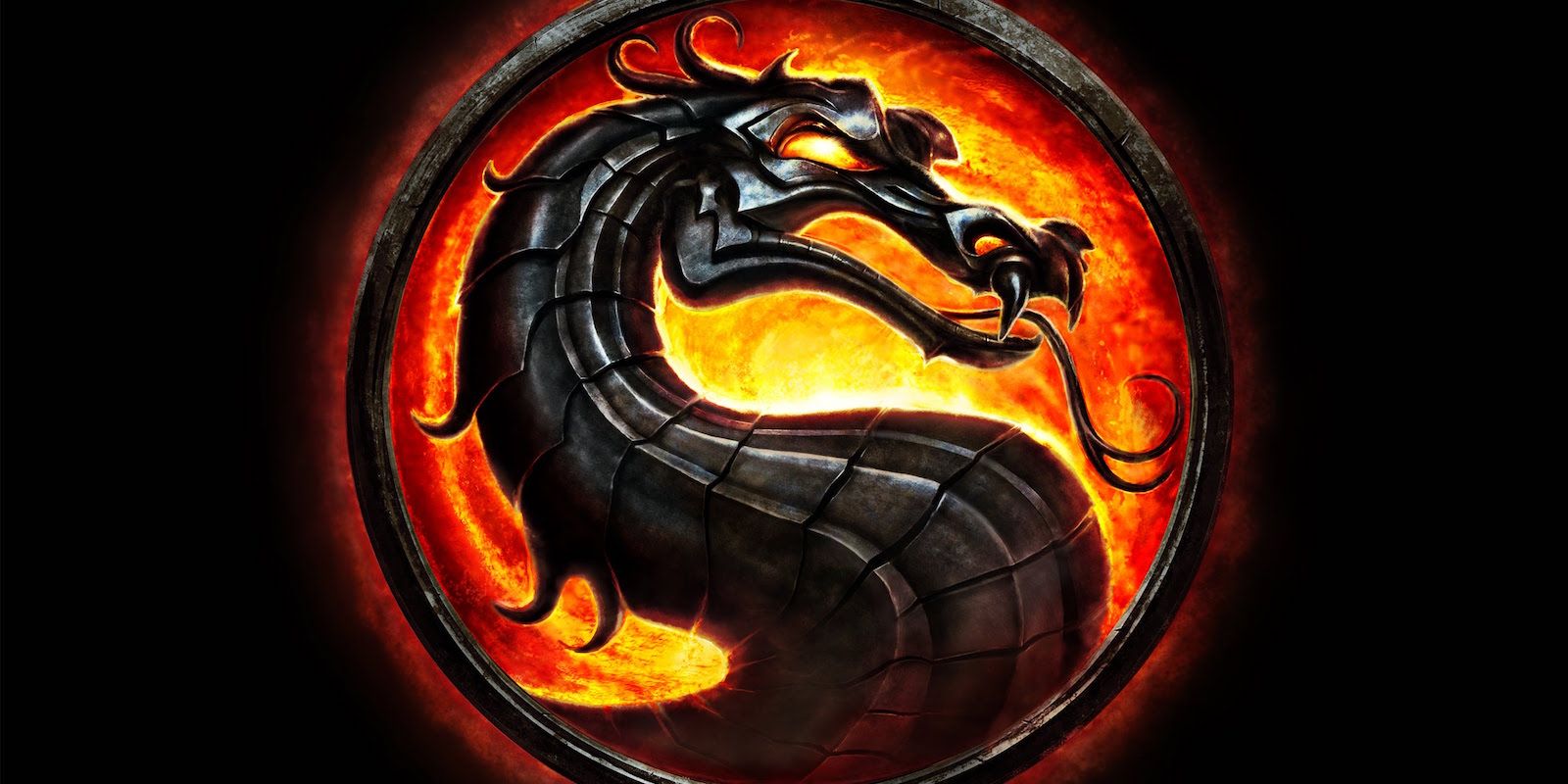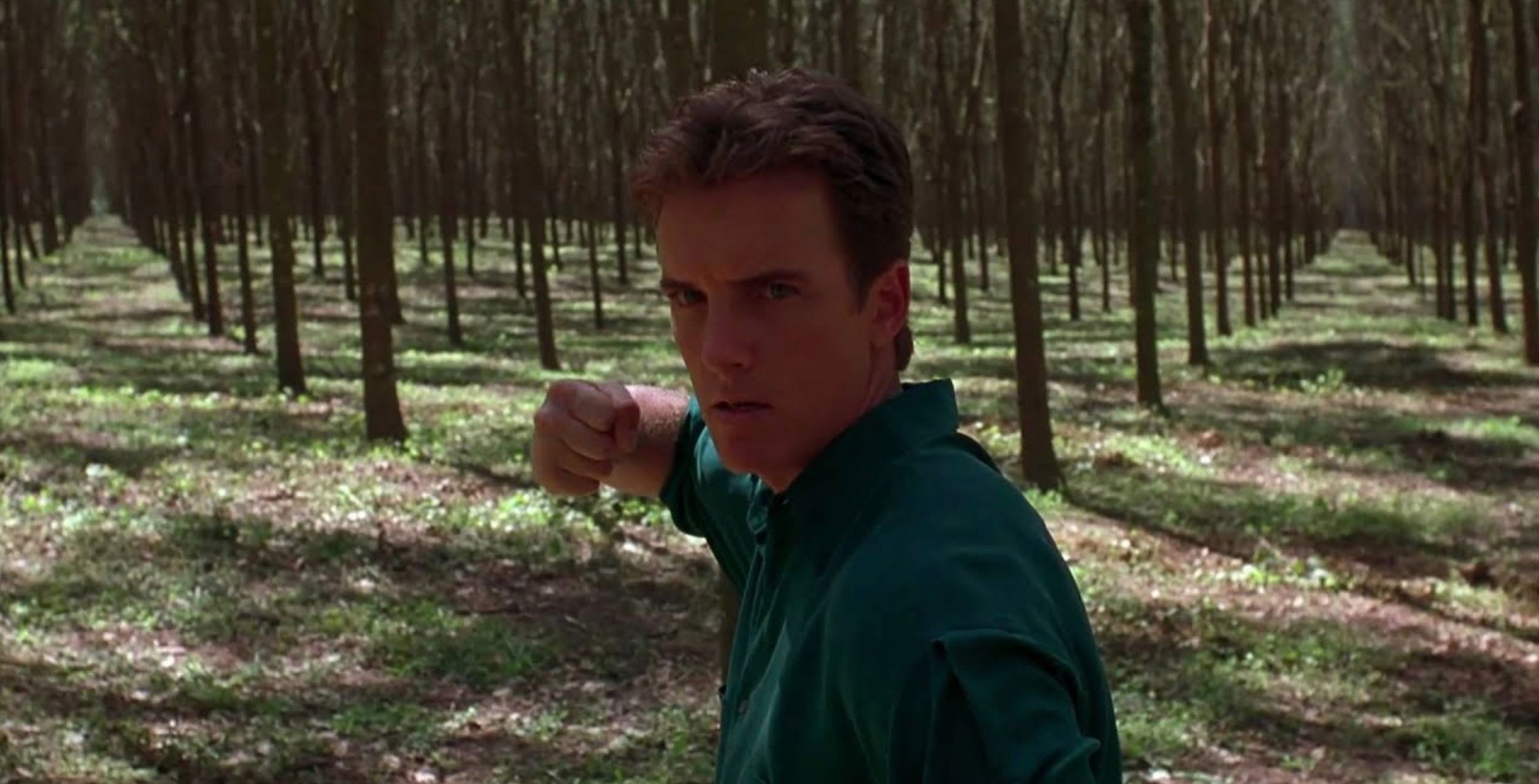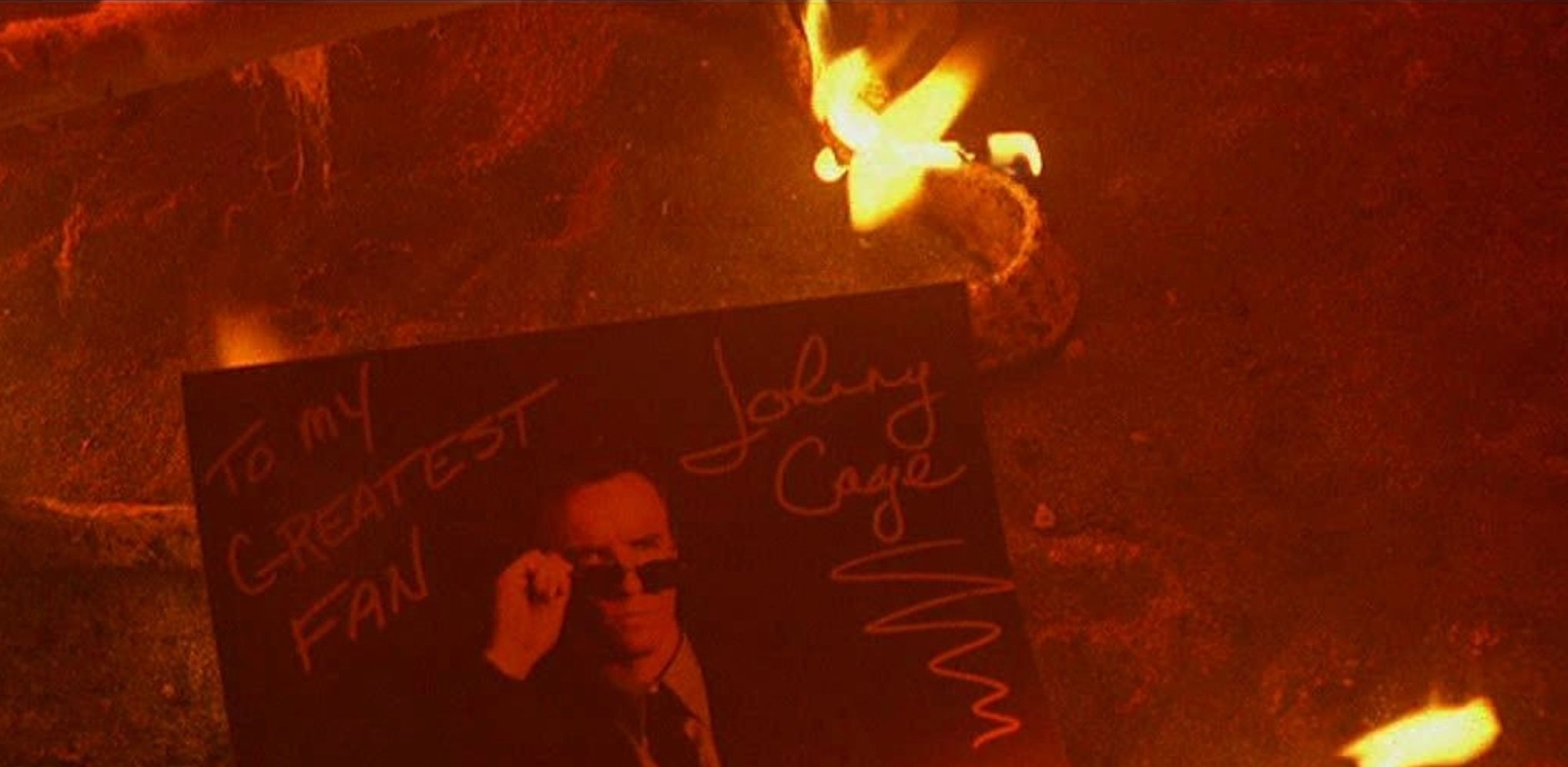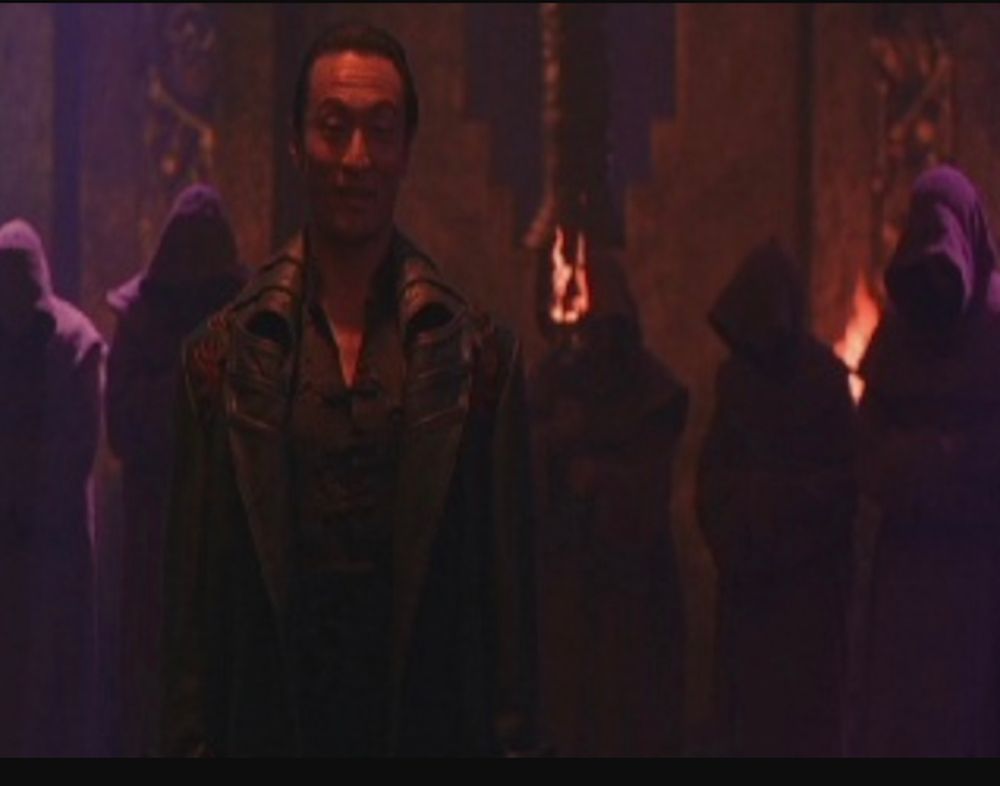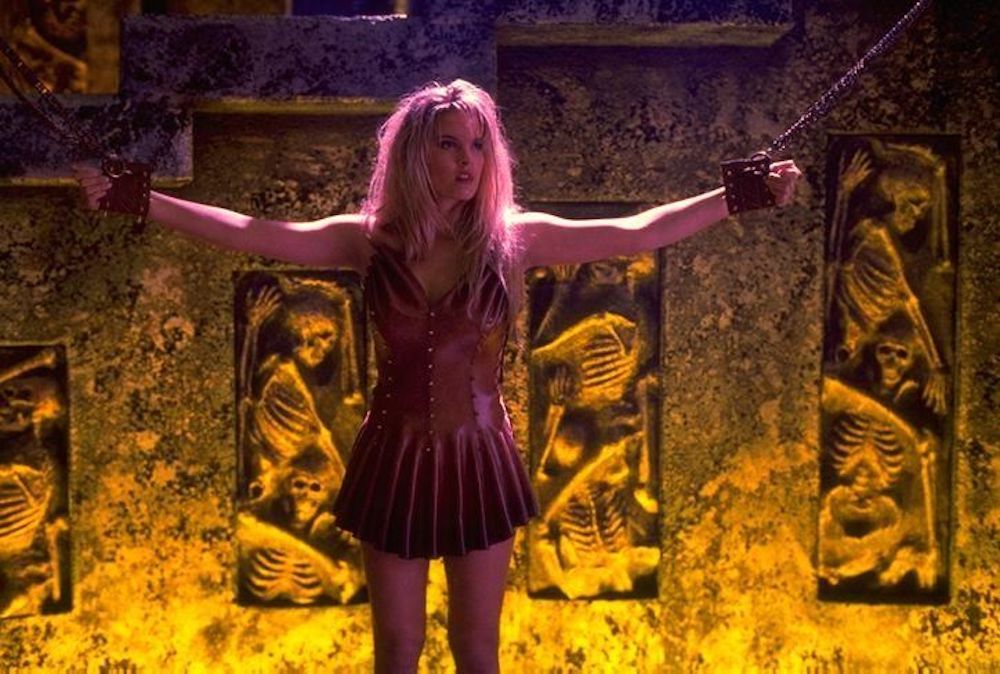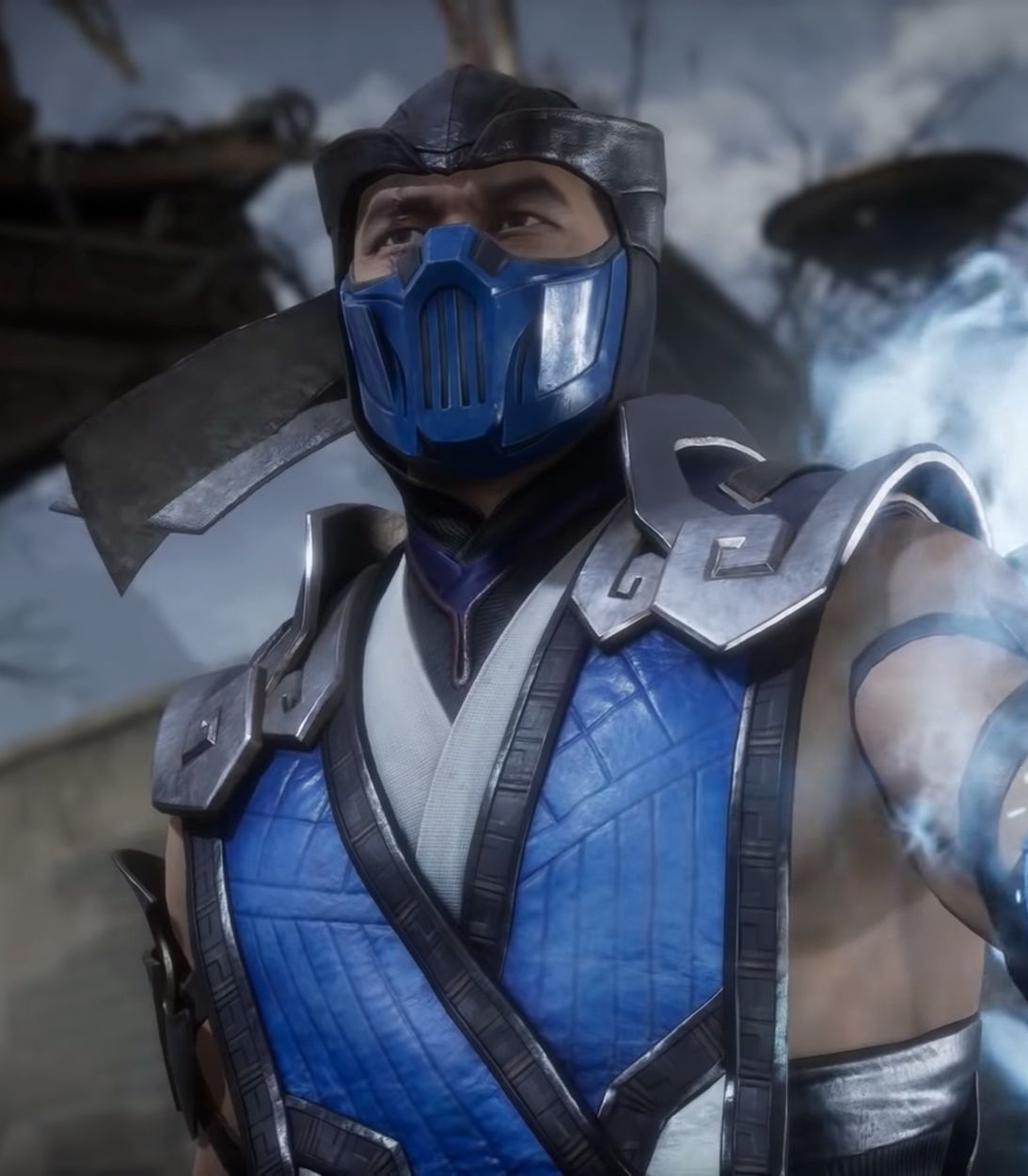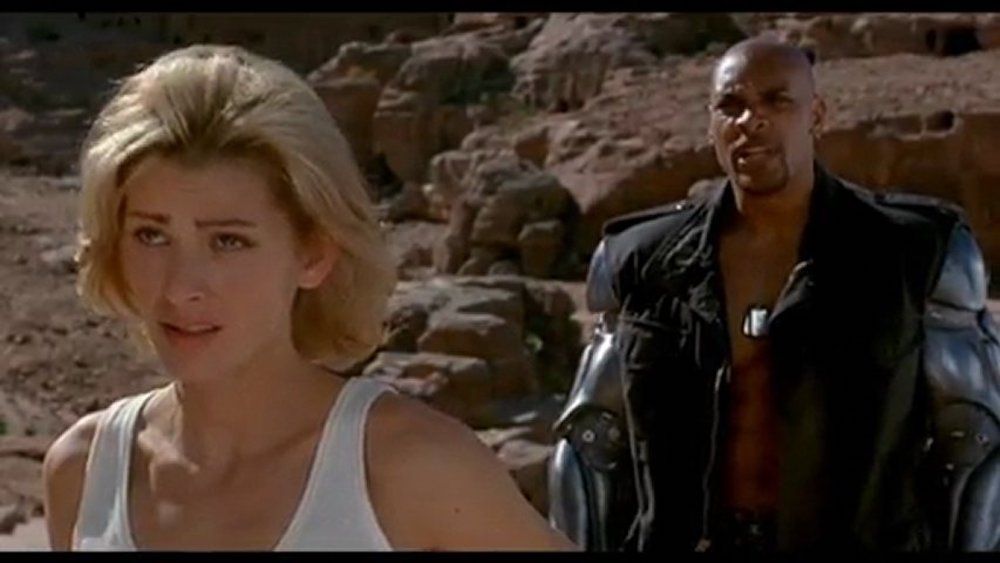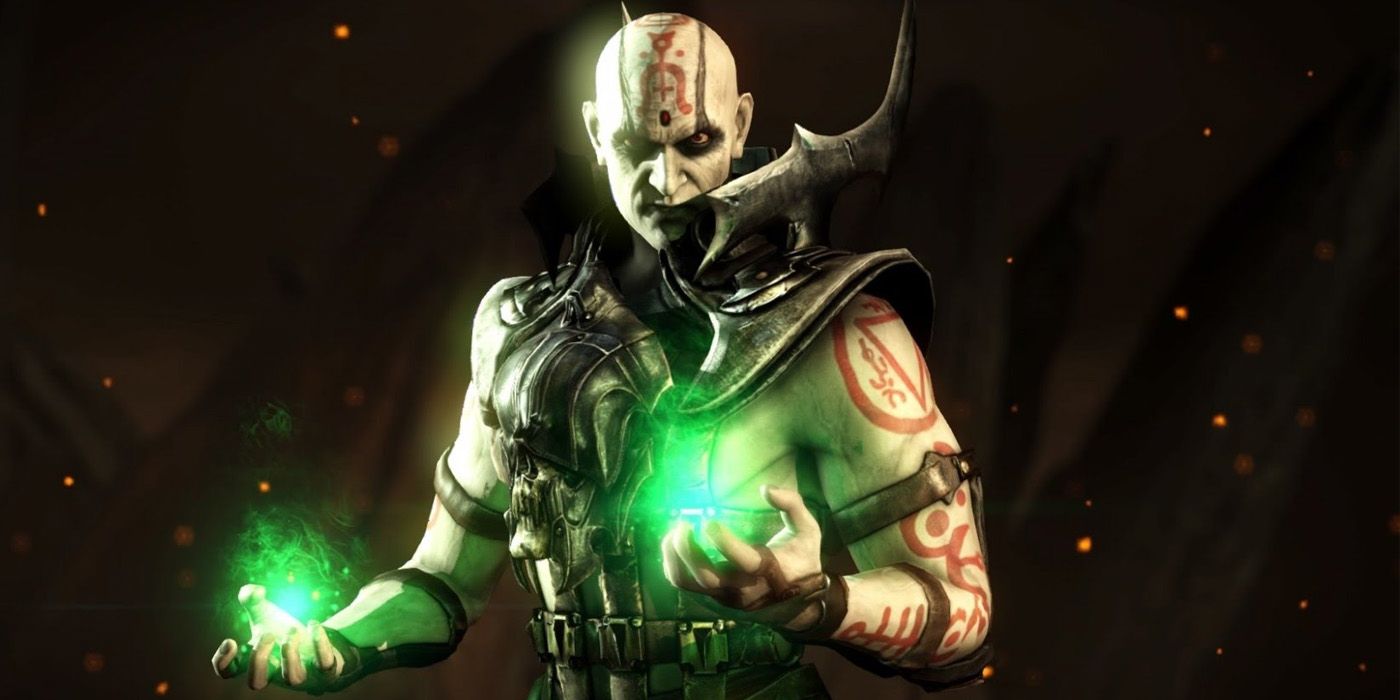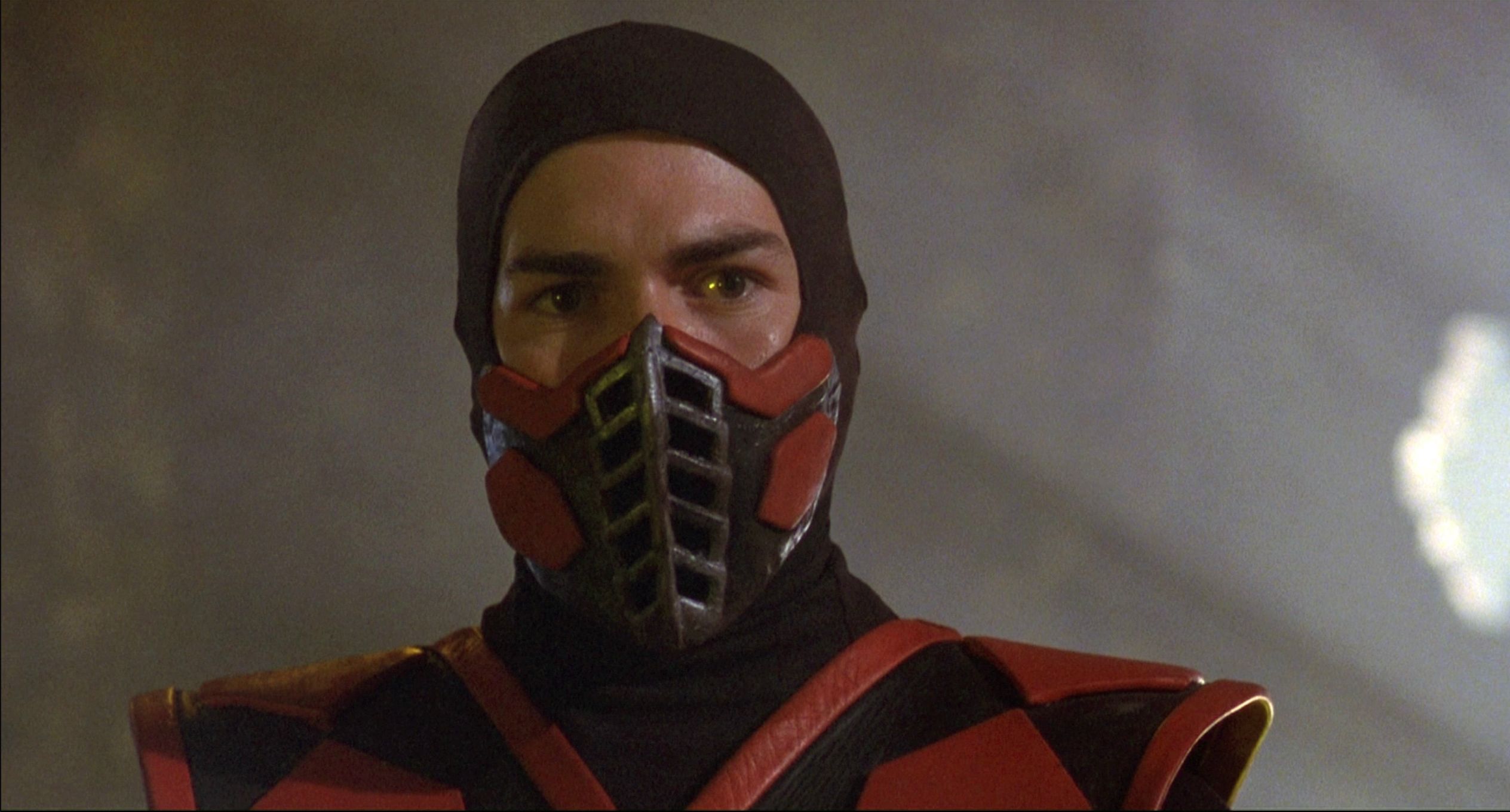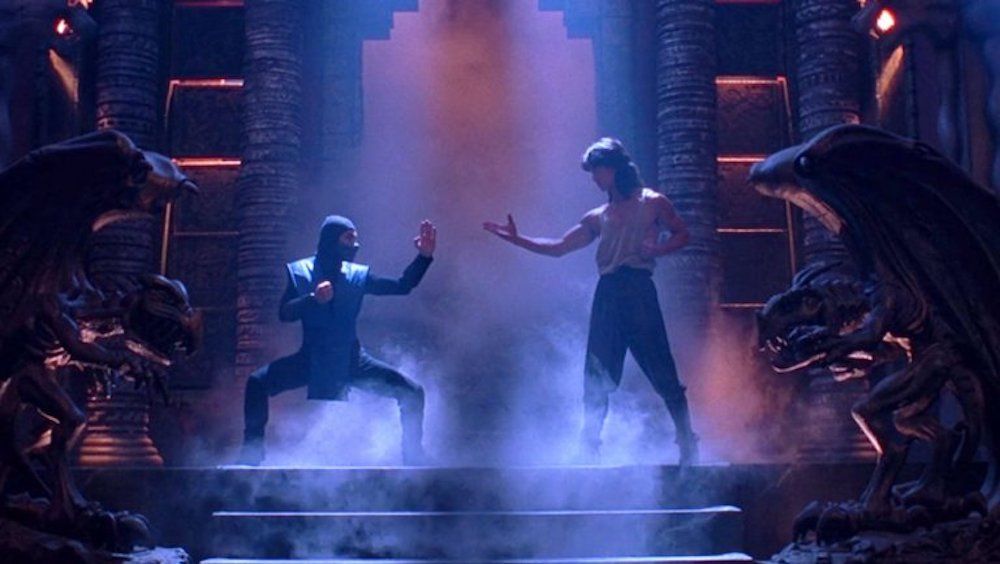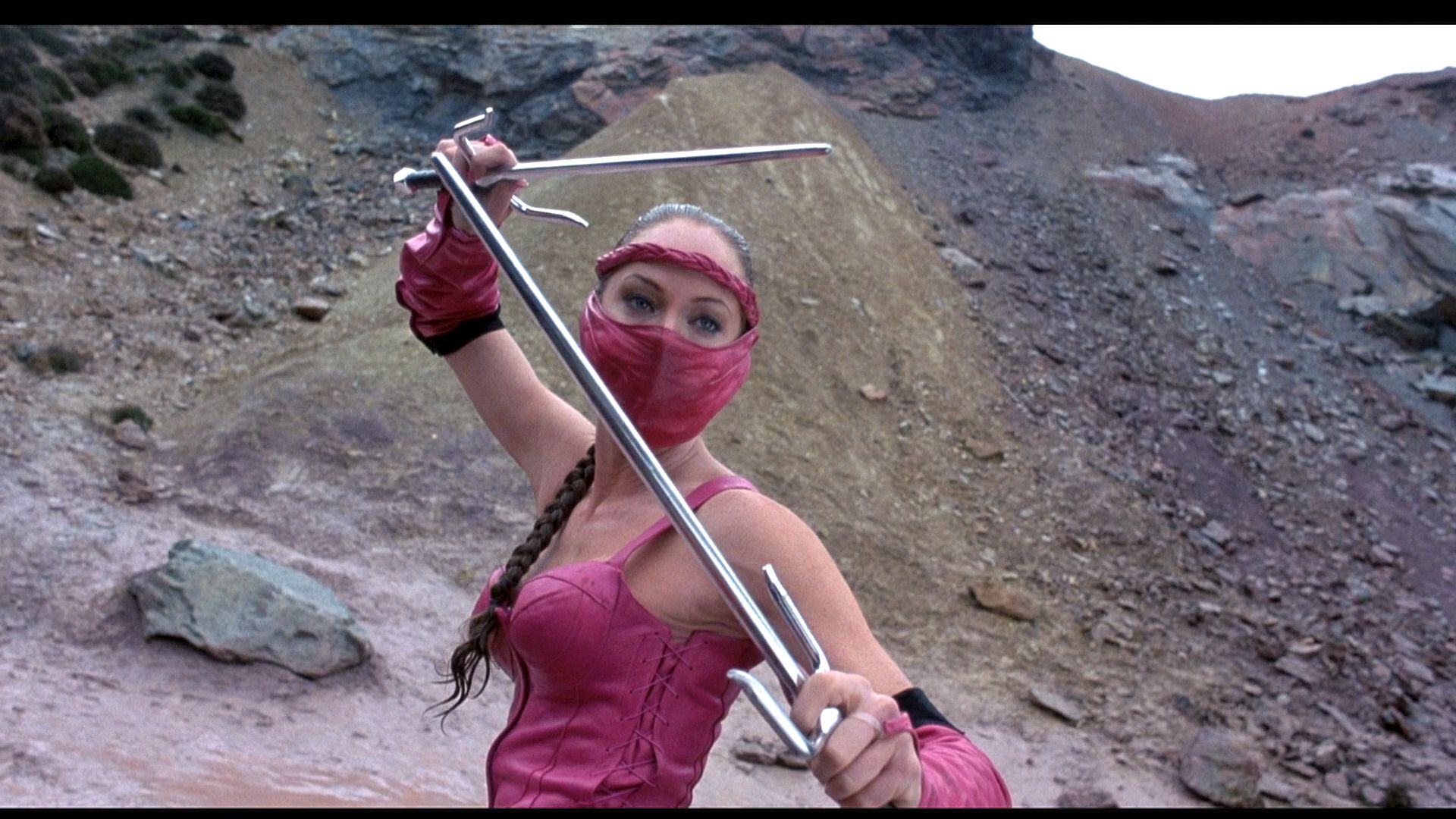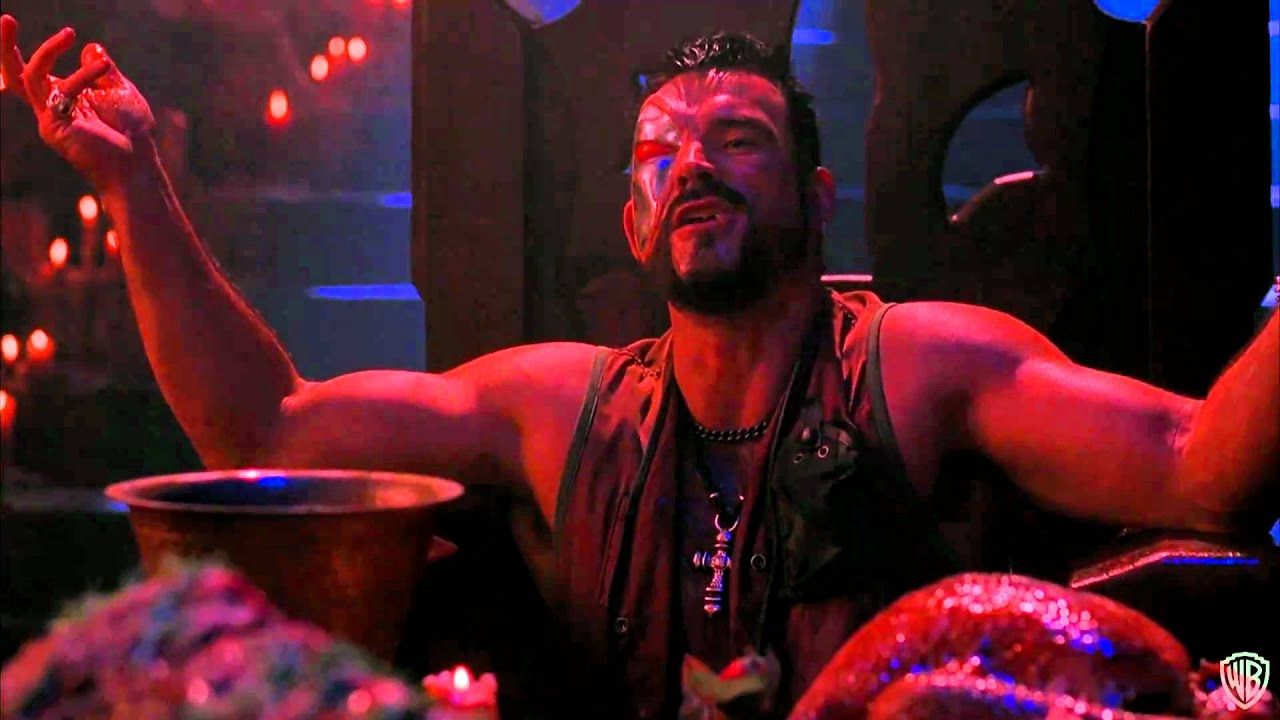The fighting genre of video games has grown into one of the most popular sections of gaming. While some titles come and go through the years, Mortal Kombat has remained a consistent performer for decades ever since its debut in the ‘90s. Mortal Kombat has remained a big contender in fighting circles and proven to be one of the more resilient fighting franchises out there, with even characters like Jason Voorhees, and the Xenomorph from Alien stopping by to make appearances.
A franchise that’s this popular is the perfect candidate for a feature film adaptation and while Mortal Kombat has seen several live-action productions since its inception, the original two films from the 1990s still hold a special place in the hearts of many gamers. Mortal Kombat is a surprisingly well done video game film and while Mortal Kombat: Annihilation is a decidedly sloppier endeavor, it’s still a film that’s full of Easter eggs and shout outs to the dedicated fans. The Mortal Kombat franchise is still alive and well and there have been recent rumblings of a film reboot for the series. Until that comes to pass, let’s take a look back at the two films that led the way. Here Are 30 Hidden Details Only True Fans Noticed In The Original Mortal Kombat Movies!
Ed Boon Provides The Voice Of Scorpion
The early Mortal Kombat video games were known for their violent gameplay and curious characters, rather than the titles’ scripts. Due to the gaming era in which they were released, the dialogue in the first few Mortal Kombat games was extremely limited, but there were still certain phrases that grew to be iconic, such as Scorpion’s “Get over here!” that accompanies his primary attack.
When it came time in the first Mortal Kombat film to feature this infamous line, they actually used Ed Boon’s rendition of the dialogue, rather than have Scorpion’s actor deliver it. Purists couldn’t have been happier.
Mortal Kombat II's Shao Kahn Gets Sampled In The Film
There are many loving nods to the Mortal Kombat games in the films. Sometimes characters or events are only referenced in passing and at other points there are sound clips that are directly pulled from the games and put into the movie. An example of the latter takes place in the first film when Shao Kahn gets sampled, even though he doesn’t become the main antagonist until the second Mortal Kombat game and film.
When Reptile’s mutant transformation shifts into its human form, Shao Kahn from Mortal Kombat II can be heard. When the character shows up at the very end of the film, Frank Welker provides his voice.
Liu Kang’s Dragon Animality From Mortal Kombat 3 Appears
It’s one thing to bring insane fight scenes to life, but it’s totally different to have characters morph into giant beasts to finish off their foes. Mortal Kombat 3 introduces Animalities into the mix, where characters would turn into some kind of animal to end their opponent. Liu Kang’s Animality involves him turn into a vicious dragon that’s not unlike the one in the game’s logo. It’s also one of his Fatalities from Mortal Kombat II.
Mortal Kombat: Annihilation pulls off Liu Kang’s big Animality to questionable success, but it makes for a crazy moment.
Liu Kang's Bicycle Kick And Fireball Attack Appear
Liu Kang turning into a dragon is more of a nod to the hardcore fans of the series, but even people with just a cursory knowledge of the games were likely aware that Liu Kang could shoot out fireballs and kick like a madman.
When it came time to bring Liu Kang’s fighting style to life, it would have been a crime to not include his most popular attacks. Mortal Kombat builds to these moments and earns them when they do finally happen, rather than just have Liu Kang spam the attacks throughout the entire film.
There Was A Scripted Battle Between Sonya And Jade
Mortal Kombat definitely skews more towards powerful male fighters than female ones, but Sonya Blade has been a pivotal force in the series ever since the first game. The Mortal Kombat film plays out much in the same way and Sonya spends most of her time with male opponents, but there was originally supposed to be at least one more female presence in the movie.
Jade’s not in the first Mortal Kombat game, but she was initially slated to show up in the movie as one of Shang Tsung’s powerful bodyguards. This would have led to a showdown between Sonya and Jade, but unfortunately the character was removed.
Kung Lao Appeared In The Script
The Mortal Kombat titles have slowly built a large, intricate backstory between all of its characters that even spans spin-off games and series. Many characters take the lone wolf approach, but in Liu Kang’s case, Mortal Kombat II introduces Kung Lao, the character’s best friend.
Due to Kung Lao’s strong ties to Liu Kang (and his awesome bladed hat,) there was speculation that he might appear in one of the films. He doesn’t, but in the original script for Mortal Kombat he does receive some acknowledgement. The gang buries Art Lean under a statue of Kung Lao, which is an unfortunate edit, as it would have been a nice connection for the fans.
“Flawless Victory” Is Said For Battles Where It Doesn't Apply
Much like Scorpion’s “Get over here” line, Mortal Kombat’s “Finish Him!” and “Flawless Victory” are two other important phrases that echo in the heads of most fans. The first Mortal Kombat film gives the audience all of these iconic lines, but sometimes it gets so excited to appease the fans that it delivers these moments when it’s not actually applicable.
In the case of “Flawless Victory,” it’s only meant to be delivered when one fighter has won a battle and received zero damage. Hence the “flawless.” This makes sense in Sub-Zero’s first fight and during Johnny Cage’s fight against Goro, but it’s uttered two more times when there’s plenty of damage on both sides!
Stunt Ninjas Were Supposed To Be Tarkatan Warriors, Like Baraka
Both of the first two Mortal Kombat films feature plenty of intimate one-on-one battles, but there are also some epic free for alls that go down. In most cases, these larger fights see the protagonists square off with nondescript ninjas who make for easy targets. There’s nothing necessarily wrong with that, but with a universe as rich as the one in Mortal Kombat, it’d be easier to make these basic opponents more interesting. This, however, was apparently the original plan.
Initially the film’s stunt ninjas were going to be Tarkatan warriors, which is the same species as the horrifying Baraka. In the end they simplified this to become ninjas instead.
The Sets Here Are Recreated In Mortal Kombat: The Journey Begins
It would be some time after the original Mortal Kombat films came out that the series would be restarted in some capacity. However, the first Mortal Kombat film was used as a blueprint for some of the supplemental material that was released in the interim time.
Some problematic Mortal Kombat animated films were released direct-to-video and the first one that came out in 1995, Mortal Kombat: The Journey Begins, looked to the 1995 live-action film for inspiration. The Journey Begins is a very low-scale production, but it actually digitized the sets from the Mortal Kombat film in order to provide some synchronicity between the projects.
Cage Copies Scorpion’s Mortal Kombat II Fighting Stance
When characters are as large and extravagant as the personalities in the Mortal Kombat universe, it shouldn’t be a big surprise that they’ll come with their own unique fighting stances and styles. Some of these formations are more memorable than others, but at least for the first few Mortal Kombat games everybody managed to stand out with their approaches to battle.
When Johnny Cage and Scorpion fight against each other in the film, Cage’s stance before battle actually resembles Scorpion’s Mortal Kombat II stance rather than his own. Maybe Johnny is just trying to mess with Scorpion’s head and psych him out before battle?
Johnny Cage Performs His Friendship From Mortal Kombat II
The first two Mortal Kombat films are fantastic for how they acknowledge the various finishing moves from the series. Fans were naturally expecting to see Fatalities show up in the films, but the fact that there are references to Animalities and even “Friendships” is truly surprising.
Mortal Kombat II introduced Friendships as a mocking, pacifistic alternative to their Fatalities. Characters would do something nice to their opponent instead of offing them. Johnny Cage performs his MK II Friendship when he throws an autographed photo at Scorpion’s corpse after he defeats him in the film’s battle.
The Shadow Priests From Mortal Kombat II Appear
Mortal Kombat’s Shadow Priests are definitely one of the more niche elements of the franchise, especially back in the 1990s when they were even less developed and essentially acted as a spooky visual. The Shadow Priests first appear in Mortal Kombat II to provide creepy background ambiance, but Paul W.S. Anderson puts them to good use in his film.
The Shadow Priests appear during the final battle in Mortal Kombat as they accompany Shang Tsung in his attempted take-down of Liu Kang. They help make Shang Tsung look even more powerful and it’s a fun corner of the game to expand upon.
Sonya Chained Up Is A Nod To Mortal Kombat II
One of the biggest surprises in Mortal Kombat II is the discovery that Sonya isn’t a playable character in the game. She makes her return for Mortal Kombat 3, but even though she sits the second entry out, she does make a cameo of sorts in the background of a stage. Sonya appears chained up (along with Kano) in Shao Kahn’s level, which is certainly intimidating.
Mortal Kombat attempts to recreate this scene to some extent when Liu Kang stumbles upon Sonya, who is chained up by Shang Tsung.
Sub-Zero's Ice Grenade Fatality Appears
Sub-Zero has a wide arsenal of ice-based moves, many of which are exactly the kind of slick visuals that you want to see in a movie adaptation. However, since Mortal Kombat has so many characters to juggle between, Sub-Zero can’t show off every one of his attacks, but the film makes some fitting decisions.
Mortal Kombat II’s “Ice Grenade Fatality” is a memorable finisher that sees Sub-Zero hurl ice at his opponent, which then explodes on contact. Mortal Kombat re-enacts this during Sub-Zero’s early demonstration in the film in order to show off how dangerous he can be.
Jax's Arms Are Metallic Exoskeletons
It can be easier to miss some of the finer details in the early Mortal Kombat games since they tend to prioritize sensationalism over story. Accordingly, it’s easy to register that a character has metallic arms, but the specifics behind the how and why of that can get lost.
Sonya’s frequent Special Forces partner, Jax Briggs, shows up in Mortal Kombat to lend a strong, metallic hand to his partner. Jax’s trademark metallic arms are very front and center, but the circumstances around them are different. In the games, Jax’s arms merely have a metallic exoskeleton that houses his real arms. In the film, his arms have actually been removed in favor of bionic ones.
Quan Chi Was Supposed To Be In The Climax Of Annihilation
In the video games, Quan Chi doesn’t show up until Mortal Kombat 4 and he brings along a whole new mythology along with him. The character may mark the games’ shift into new territory, but he’s actually someone that originally showed up during the final moments of Mortal Kombat: Annihilation.
The original plan for Annihilation was for Quan Chi to show up at the end and that he would become the new villain in any possible third film in the franchise. Annihilation went as far as filming Quan Chi’s scene, but then removed it last minute. That being said, he still appears on posters and international copies of the DVD!
Ermac Appears In Annihilation
The Mortal Kombat games were full of gaming urban legends that speculated about all sorts of secret characters that were hidden in the original games. Ermac is one of the earliest examples of these rumors, but the superstitions around him reached such levels that he was actually made a real character in Ultimate Mortal Kombat 3. Ermac is a red palette swap of Scorpion, but has a much more mystical move set of attacks.
While never explicitly named in Mortal Kombat: Annihilation, Ermac is the red ninja who appears to summon Noob Saibot (another character with mysterious origins.)
Kabal And Stryker Get Shout Outs
While it’s truly surprising to see elements from Mortal Kombat 3 like Sheeva, Motaro, and Ermac get included in Mortal Kombat: Annihilation, there are even more characters from the title that receive some sort of tribute in the film.
Mortal Kombat: Annihilation already has to negotiate around a bloated cast so adding more characters likely wouldn’t have been the best idea. The film reaches a compromise of sorts where several characters from the game get referenced, even if they don’t show up. Kabal and Stryker are both mentioned to be among “Earth’s best warriors,” but were captured by Rain.
Mileena Is Present
Kitana is present throughout the first Mortal Kombat film and helps give it much of its emotional resonance in regards to Liu Kang’s character. Kitana returns for Mortal Kombat: Annihilation, but this time the film introduces the character’s evil twin, Mileena, into the mix.
Kitana and Mileena are often a package deal in the Mortal Kombat games, but Annihilation properly pits them against each other and illustrates how much Mileena is under Shao Kahn’s evil ruling. Curiously, Mileena never gets called by name in the film, but any fan of the series knows that it’s her. Sonya is ultimately the one to finish her off here.
The Movies Had A Lasting Impact On Kano's Nationality In the Games
For the most part, the Mortal Kombat films looked to their video game counterparts for guidance, but weren’t afraid to go off on their own path when it was necessary. Alternatively, the Mortal Kombat games understood that these films were companion pieces and that they didn’t need to be incorporated into the games. That being said, Ed Boon and John Tobias were so taken with one of the film’s takes on their characters that they changed his representation in future titles.
In the first Mortal Kombat game, Kano is Japanese-American, but he’s played as an ornery Australian in the movie. This was soon changed to be the game’s canon for the character, too.

